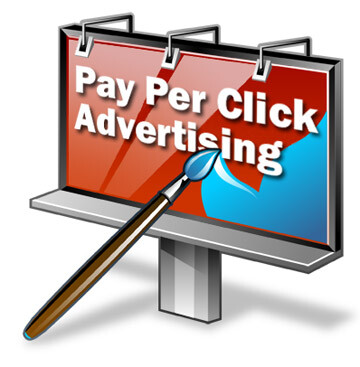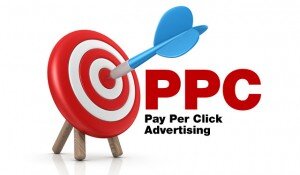
18 Feb Pay Per Click: What You Need to Know
Pay Per Click: What You Need to Know
The acronym PPC stands for “Pay Per Click” and refers to one of the most important types of advertising models in use on the Internet today. At its core, Pay Per Click is a model through which an advertiser pays a particular publisher for each time that an ad is clicked by the users of a site. If a banner ad placed strategically on a site is clicked 10,000 times, you would pay for each of those 10,000 clicks as a result. From a different perspective, these types of campaigns are also commonly referred to as “cost per click” and break down simply into the total amount of money that you’re spending to get one click for the advertisement in question.

Types of PPC Content
There are a few different types of PPC ads that you can choose from depending on your needs and where the ads themselves will eventually run. One is a text-based ad, which is common on search engines like Bing, Google, Yahoo and more. These ads are most commonly seen on either side of the search results page, allowing for premium content placement.
Another is a display or banner ad, which is a way to embrace a more visual aspect of the ad as opposed to a traditional text-based ad. Display ads can use a combination of text, graphics and even interactive elements.
Rate Models
The two major rate models to concern yourself with are “Pay Per Impression” and “Pay Per Click.” Pay Per Impression equates to the price that you pay per every 1,000 impressions that your ad gets. Pay Per Click is a more traditional pay model where you’re finding the total amount of money that you’re spending to get one person to click on your ad one time.
Pay Per Click can also be broken down into a few different categories, like a flat-rate PPC model. This means that you pay one flat rate for every click on an ad – regardless of how many clicks actually occur. The advertiser and the publisher will agree on this rate far in advance of the actual launch of the campaign. The second major category for Pay Per Click campaigns is called bid based, which is when the advertiser submits a bid against other advertisers in an attempt to eventually host the ads of a particular publisher.
Cost Breakdown and Calculation
Calculating the rates for a campaign that is already in motion is as simple as completing a basic math problem. Pay Per Click equals the total advertising cost that you’re currently spending on ads divided by the total number of times that the ad was actually clicked.
If your organization spent $10,000 on advertising through Pay Per Click campaigns and saw 10,000 clicks as a result, for example, the Pay Per Click cost for that particular campaign would equate to around $1 per click or impression. Understanding exactly how much money you’re spending on a campaign is the main way to judge its overall level of effectiveness and return on investment. After the campaign has performed for a few weeks, you can re-calculate your PPC rate to see exactly what type of results you’re getting. Your business can then make the determination to move the ad somewhere else in an attempt to achieve a much lower rate, or stay where you are if the ad is already performing above and beyond your expectations. PPC rate is changing all the time.


